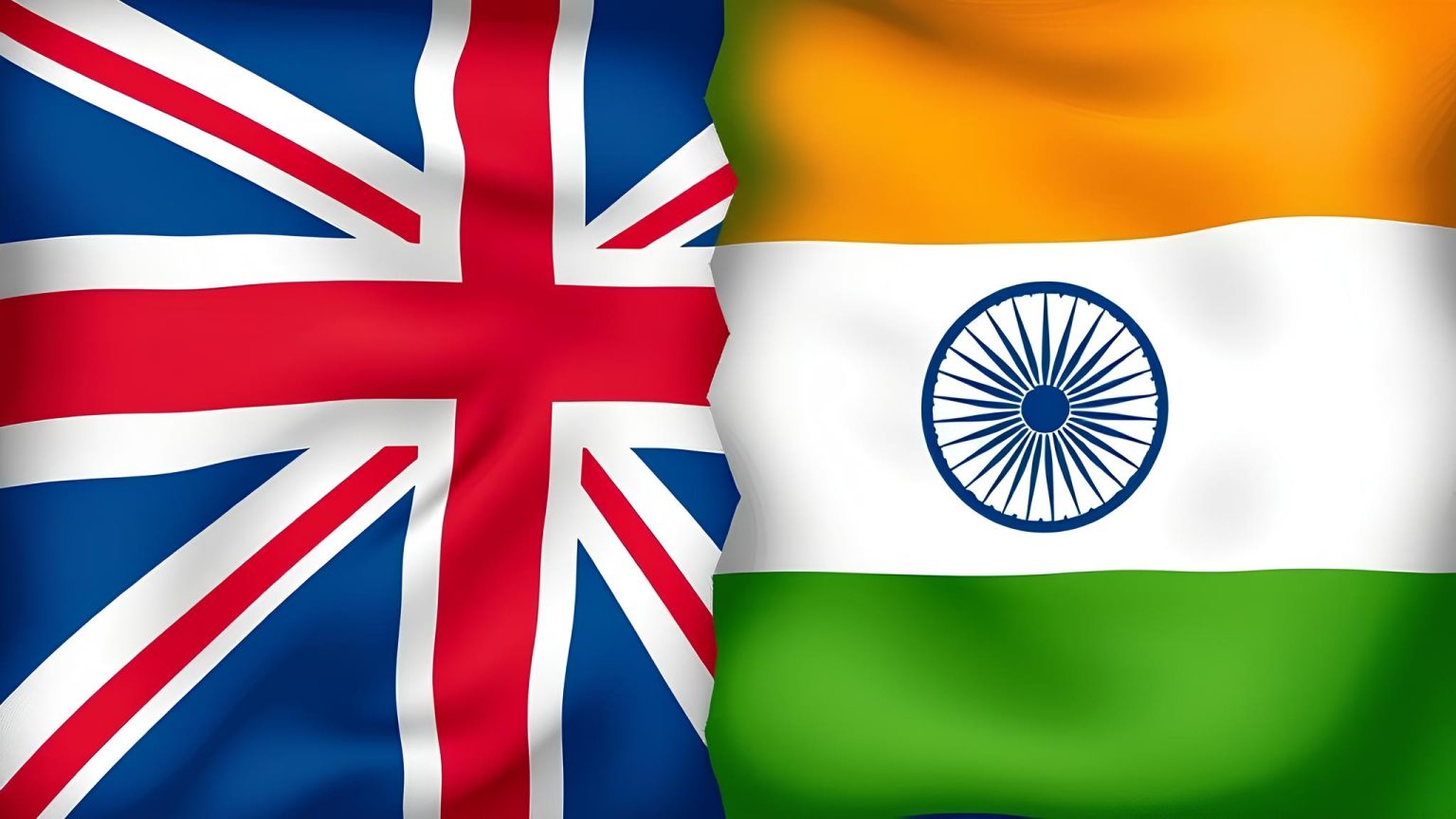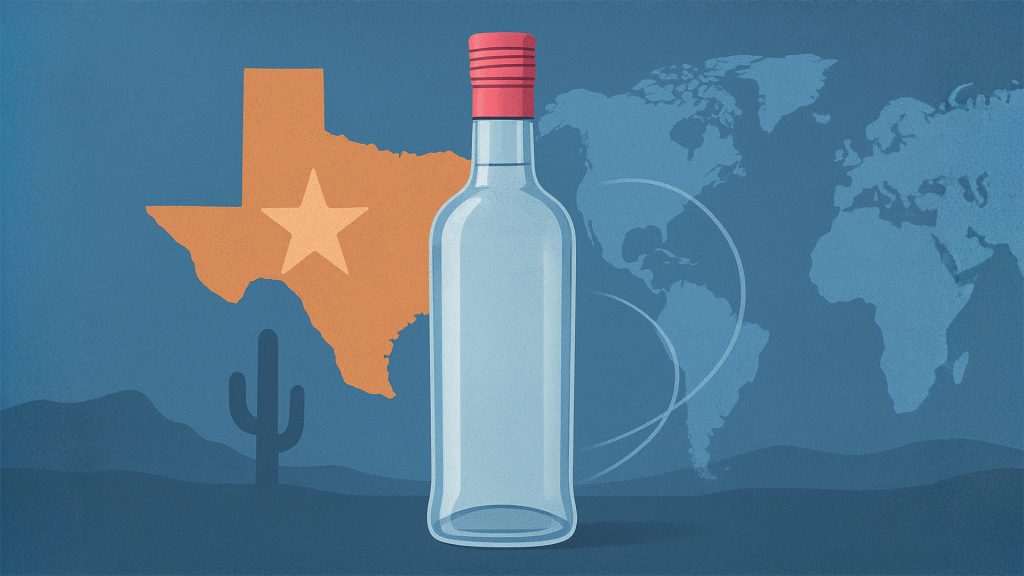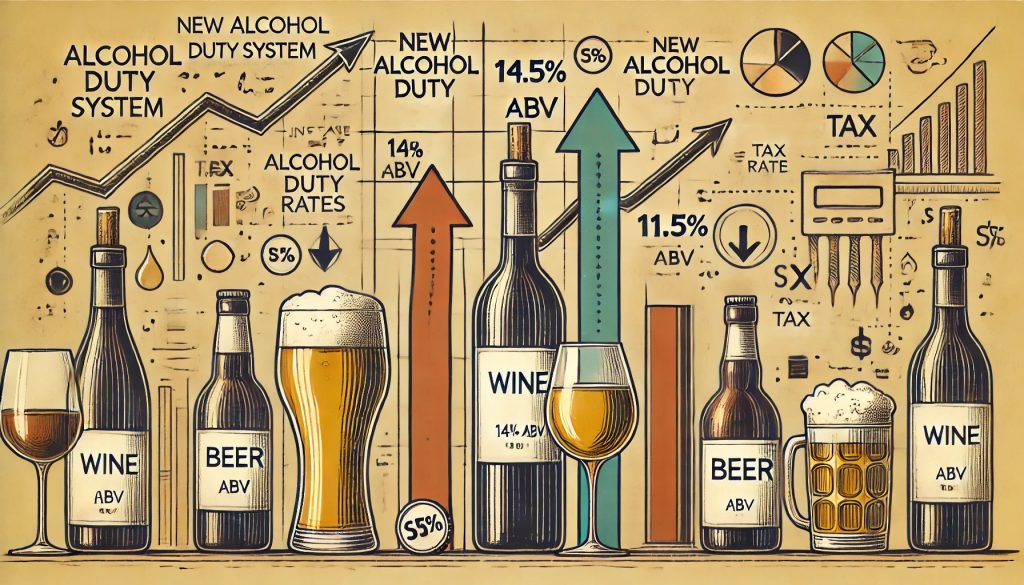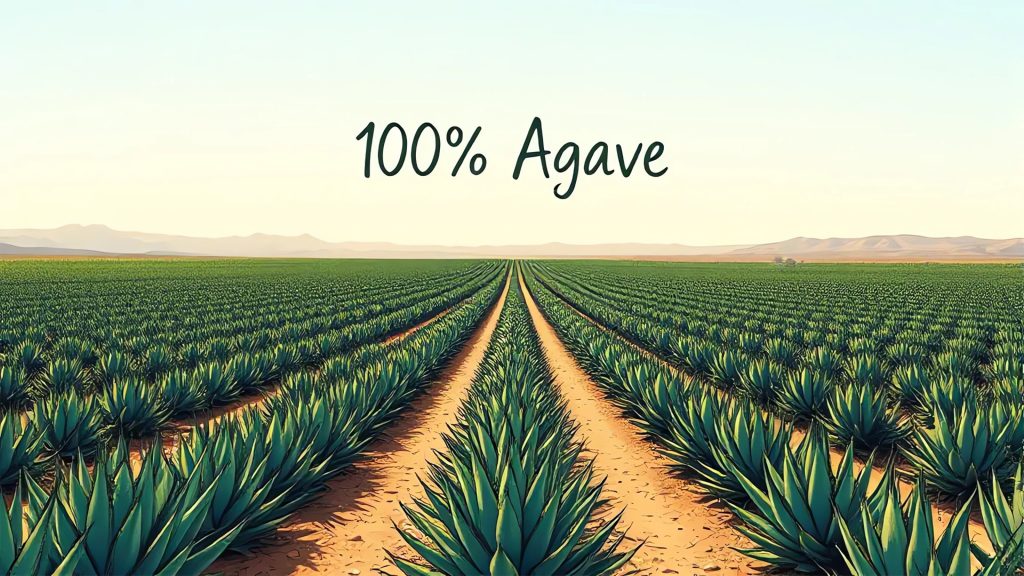The UK-India Free Trade Agreement isn’t just a political win—it marks a turning point for global spirits trade.
On May 6, 2025, the UK and India finalized a landmark Free Trade Agreement (FTA), a pivotal post-Brexit deal unlocking the world’s largest whisky market. With India’s $52.5 billion beverage alcohol market set to grow to $64 billion by 2028, the agreement slashes tariffs on Scotch whisky and gin, promising to reshape the global spirits landscape. Described as a “historic milestone” by Indian Prime Minister Narendra Modi and a “new era for trade” by UK Prime Minister Keir Starmer, the FTA is expected to boost bilateral trade by £25.5 billion annually by 2040. This analysis explores the deal’s impact on the spirits industry, opportunities for UK exporters, and its implications for global competition.
UK-India FTA: Key Terms
Tariff Cuts
The FTA reduces tariffs on 90% of UK exports to India, with spirits at the forefront. Scotch whisky and gin tariffs will drop from 150% to 75% within 12 months and further to 40% by year ten. Other UK products, like cars (from over 100% to 10%) and cosmetics, also benefit. In return, 99% of Indian exports to the UK, including textiles and jewelry, gain zero-tariff access, boosting India’s garment and marine sectors. Indian workers in the UK will also be exempt from social security contributions for three years, easing business operations.
Economic Boost
The deal is set to add £4.8 billion annually to the UK economy, with Scotch whisky exports to India projected to rise by £1 billion over five years, creating 1,200 jobs, according to the Scotch Whisky Association (SWA). India could see £3 billion in annual tax revenue, while consumers gain access to diverse premium brands, strengthening bilateral trade valued at £42 billion in 2024.
India’s Spirits Market: Untapped Potential
Market Dynamics
Fueled by a growing middle class, rising incomes, and demand for imported brands, India’s alcohol market is projected to hit $64 billion by 2028. As the world’s top whisky consumer by volume, India’s $52.5 billion market in 2024 is dominated by whisky, rum, and brandy. Yet, Scotch holds only 4% of the whisky segment due to high tariffs, signaling significant growth potential.
Scotch Whisky Opportunities
“This is a once-in-a-generation deal,” said SWA CEO Mark Kent, highlighting the tariff cut’s transformative potential. Bottled-in-Origin (BIO) Scotch may see retail prices fall 10–20%, though state taxes could limit reductions, per IWSR. Smaller distillers gain market access, but state-by-state licensing remains a challenge. Bottled-in-India (BII) Scotch and premium local whiskies, using imported Scotch, will see modest cost benefits. Diageo, the leading Scotch producer, saw shares rise 1.75% post-announcement, with CEO Debra Crew noting its potential to “drive investment” in both nations.
Gin’s Emerging Role
While smaller than whisky, India’s craft gin market, priced at INR 1,000–3,000, thrives on local botanicals, outpacing imports above INR 2,000. The FTA could spur UK craft gin exports, intensifying competition and pushing Indian brands to premiumize. Indian gins may also tap UK markets, leveraging tariff-free access.
Subscribe to our newsletter
Global Spirits Competition
Scotch vs. Bourbon
Scotch gains a pricing edge over American bourbon, whose tariffs were reduced from 150% to 100% earlier this year, following a bilateral agreement announced in February 2025. “India Slashes Bourbon Whiskey Tariffs, Opening New Opportunities for U.S. Distillers”. With just $8.8 million in U.S. whisky exports to India in 2024, per DISCUS, bourbon still faces steep pricing and marketing hurdles against Scotch’s entrenched presence. Still, with distinctive flavor profiles and strong domestic branding, American whiskey could retain appeal in India’s growing premium segment—if it can close the price gap. U.S. distillers may push for tariff parity, potentially sparking trade tensions.
Indian Brands’ Response
Indian single malts like Amrut and Paul John, globally recognized, could expand into the UK via the FTA. Local distillers worry about cheap Scotch flooding the market, but without a Minimum Import Price (MIP), predatory pricing seems unlikely, as premiumization dominates. A price war, though, remains a risk, per IWSR.
Other Competitors
Japanese whiskies like Yamazaki are gaining ground in India’s premium segment, facing tougher competition from Scotch. The EU, still negotiating an India FTA, may follow the UK’s model, potentially reshaping global trade.
Challenges Ahead
India’s Regulatory Maze
Varying state taxes and annual brand registration requirements could limit price reductions and deter smaller players. UK craft distillers, in particular, may struggle to build efficient distribution in India’s fragmented regulatory environment. Indian consumers’ price sensitivity demands a balance between premium branding and affordability.
Global Trade Risks
U.S. tariff policies under the Trump administration may pressure India for lower bourbon tariffs or target UK products. Geopolitical tensions could delay FTA implementation or complicate future talks. The EU’s potential India FTA could further intensify global competition for Scotch.
What Success Will Require
The UK-India FTA opens new doors for Scotch whisky and gin, cementing the UK’s post-Brexit trade ambitions and tapping India’s vast market. With a pricing advantage over bourbon and competition from Indian and Japanese brands, success depends on navigating regulatory hurdles and investing in marketing. As global trade evolves, spirits companies must adapt strategically to seize this historic opportunity.



